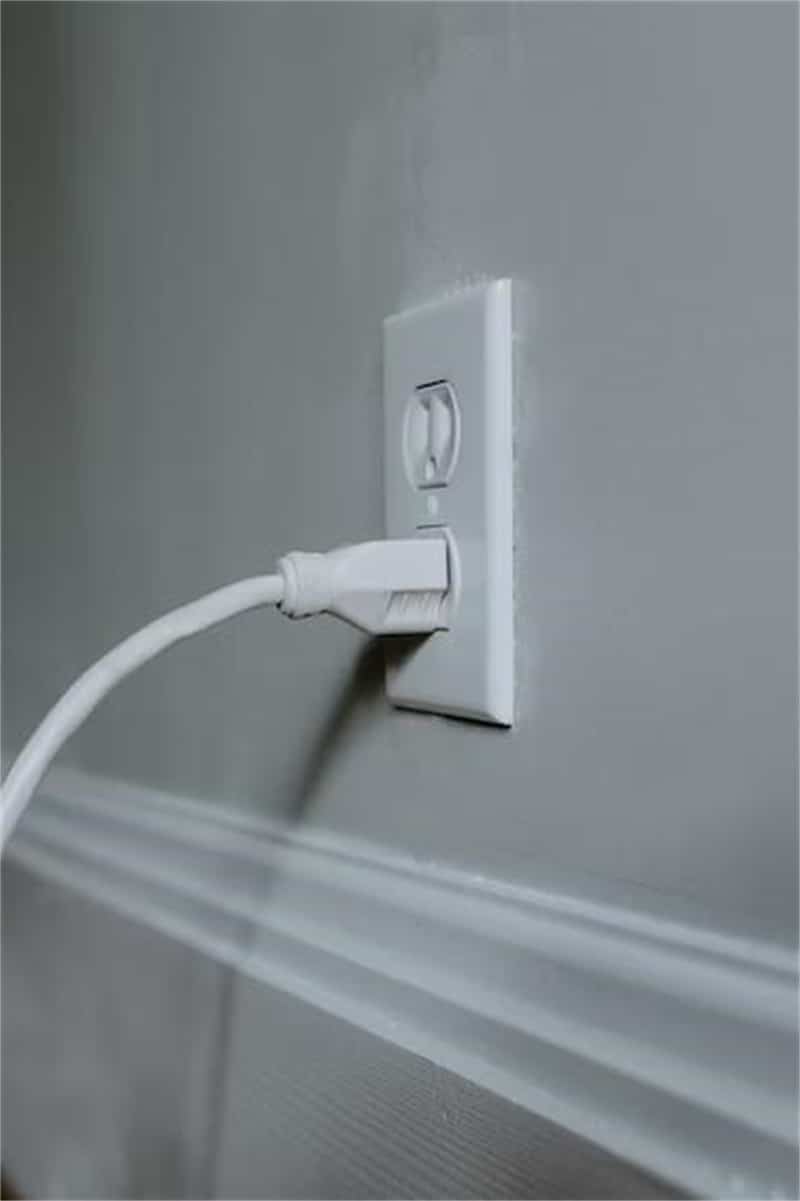
In today's world, energy efficiency has become an increasingly important consideration for individuals and businesses alike.
With the growing concerns about climate change and rising energy costs, finding ways to reduce energy consumption has become a top priority. One effective solution that has gained significant attention is custom automatization.
By integrating smart technology and automated systems, individuals and businesses can optimize energy usage and enjoy numerous benefits. In this article, we will explore seven smart ways to achieve more energy efficiency through custom automatization and delve into the top benefits it offers.
Lighting Automation: Illuminating Efficiency

Lighting accounts for a significant portion of energy consumption in residential and commercial spaces. However, with custom automatization, lighting systems can be intelligently controlled to optimize energy usage. Smart lighting systems can be programmed to automatically adjust brightness levels based on natural light availability or occupancy.
For instance, motion sensors can detect human presence in a room and activate the lights, ensuring they are only on when needed. Additionally, by integrating lighting automation with smart home devices or building management systems, users can control and monitor the lights remotely, allowing them to turn them off or dim them when not in use, even if they are away from the premises.
These smart solutions not only enhance energy efficiency but also offer convenience and cost savings.
HVAC Automation: Climate Control with Precision
Heating, ventilation, and air conditioning (HVAC) systems are major contributors to energy consumption. However, with custom automatization, HVAC systems can be optimized for energy efficiency. Smart thermostats, for instance, can learn users' behavior and adjust temperature settings accordingly. They can detect when individuals are present or away and adjust the temperature settings accordingly, ensuring energy is not wasted when no one is around.
Moreover, by integrating HVAC systems with occupancy sensors and weather forecast data, the automation can proactively adjust temperature and airflow based on real-time information. This level of precision in climate control not only saves energy but also enhances comfort levels for occupants.
Appliance Automation: Efficiency at Your Fingertips
Home appliances, such as refrigerators, washing machines, and dishwashers, contribute significantly to overall energy consumption. Custom automatization can help optimize the usage of these appliances, leading to substantial energy savings. Smart plugs or switches can be installed to remotely control the power supply to these appliances, allowing users to turn them off completely or set schedules for operation. For instance, a smart dishwasher can be programmed to start its cycle during off-peak energy hours when electricity costs are lower.
Similarly, a smart refrigerator can adjust its temperature settings based on usage patterns, optimizing energy consumption while ensuring food safety. By automating these appliances, users have the power to manage their energy usage more efficiently, resulting in reduced energy bills and a lighter environmental footprint.
The Power of Customization: Unleashing Energy Efficiency with Customizable Settings
One crucial component of energy efficiency that deserves special attention is the power supply. A power supply with customizable settings can play a vital role in optimizing energy consumption. By allowing users to adjust voltage levels, power output, and other parameters according to their specific needs, these customizable power supplies offer greater control over energy usage.
This level of customization ensures that devices and systems operate at their most efficient levels, minimizing energy waste and maximizing overall efficiency. Whether it's in residential or commercial settings, incorporating a power supply with customizable settings is a smart choice for achieving greater energy efficiency.
Harnessing Renewable Energy: The Role of Solar Power
Renewable energy sources, such as solar power, offer immense potential for energy efficiency. Installing solar panels and integrating them with custom automatization systems can significantly reduce reliance on traditional power grids. By capturing the sun's energy, solar panels can generate electricity to power homes or businesses. Custom automatization allows for the intelligent management and utilization of solar power.
For instance, smart inverters can optimize the conversion of solar energy into usable electricity by adjusting the voltage and frequency based on real-time conditions. Additionally, by integrating solar power systems with energy storage solutions, excess energy can be stored for later use, reducing dependence on the grid during peak hours.
The combination of solar power and custom automatization not only reduces energy costs but also minimizes carbon emissions, contributing to a more sustainable and eco-friendly energy landscape.
Data-driven Decision Making: Monitoring and Analytics
A key advantage of custom automatization in energy efficiency is the availability of data-driven insights through monitoring and analytics. By collecting and analyzing data on energy usage patterns, custom automatization systems can provide valuable information for optimizing energy efficiency.
Smart meters and energy monitoring devices can track real-time consumption and provide users with detailed insights into energy usage. This information can be used to identify energy-intensive areas, detect anomalies, and make informed decisions to reduce energy waste. Advanced analytics algorithms can further analyze the data to identify trends, patterns, and potential energy-saving opportunities.
By leveraging data-driven decision making, individuals and businesses can take proactive measures to enhance energy efficiency, leading to cost savings and a more sustainable future.
Integration and Interconnectivity: The Power of a Unified System

Another significant benefit of custom automatization for energy efficiency lies in the integration and interconnectivity of various systems and devices. With a unified system, different components, such as lighting, HVAC, appliances, and renewable energy sources, can communicate and work together seamlessly.
For instance, when a room is unoccupied, the lighting system can communicate with the HVAC system to adjust temperature settings, ensuring energy is not wasted on heating or cooling empty spaces. Integration with renewable energy systems allows for intelligent power distribution, ensuring that excess solar power is efficiently utilized across the entire network.
Furthermore, by incorporating artificial intelligence and machine learning algorithms, the custom automatization system can continuously learn and optimize energy usage based on changing conditions and user preferences. The power of integration and interconnectivity in a unified system enhances overall energy efficiency, streamlines operations, and simplifies the management of energy resources.
Custom automatization offers a multitude of benefits when it comes to energy efficiency. By implementing smart solutions, such as lighting automation, HVAC automation, appliance automation, customizable power supplies, harnessing renewable energy, data-driven decision making, and integration and interconnectivity, individuals and businesses can optimize energy usage, reduce costs, and contribute to a more sustainable future.
The ability to control and monitor energy consumption remotely empowers users to make informed decisions and take proactive measures to minimize wastage. As technology continues to evolve, the possibilities for custom automatization in energy efficiency are endless. By embracing these smart solutions, we can create a greener, more energy-efficient world for generations to come.
With the increasing focus on environmental responsibility and the need to conserve resources, custom automatization is not just a luxury but a necessity in the pursuit of a more sustainable future. By incorporating these smart practices and technologies, we can all play a part in making a positive impact on our planet while enjoying the benefits of energy efficiency and cost savings.










